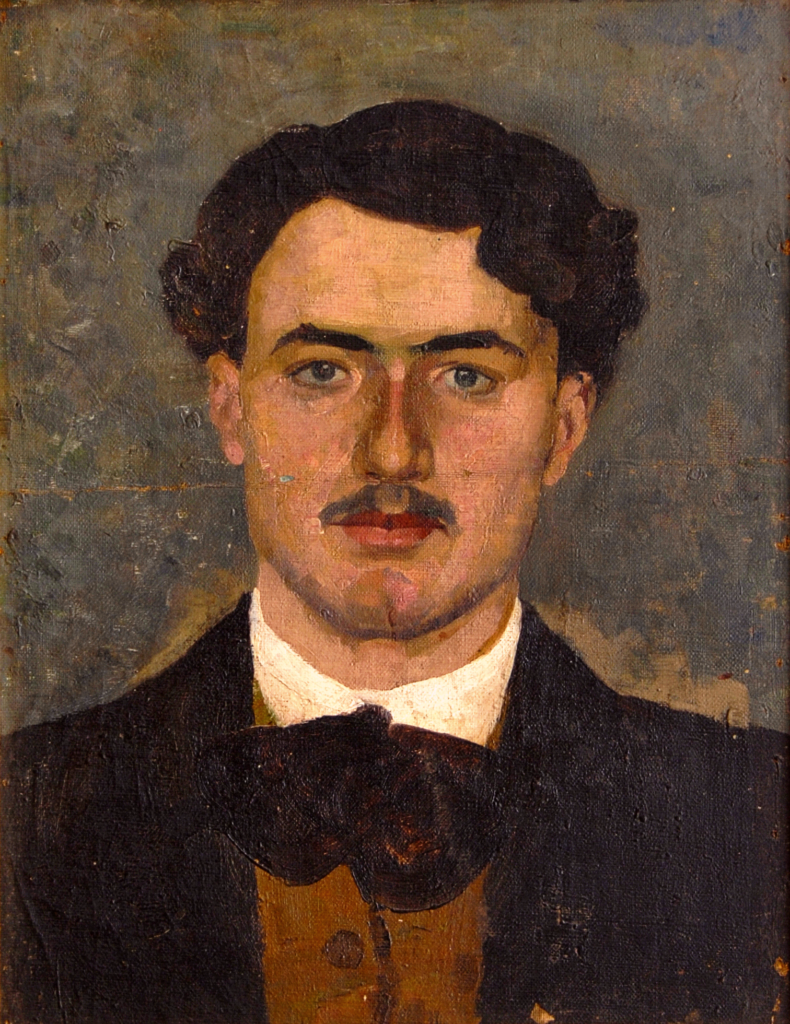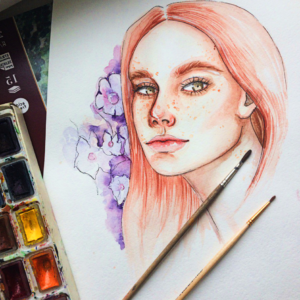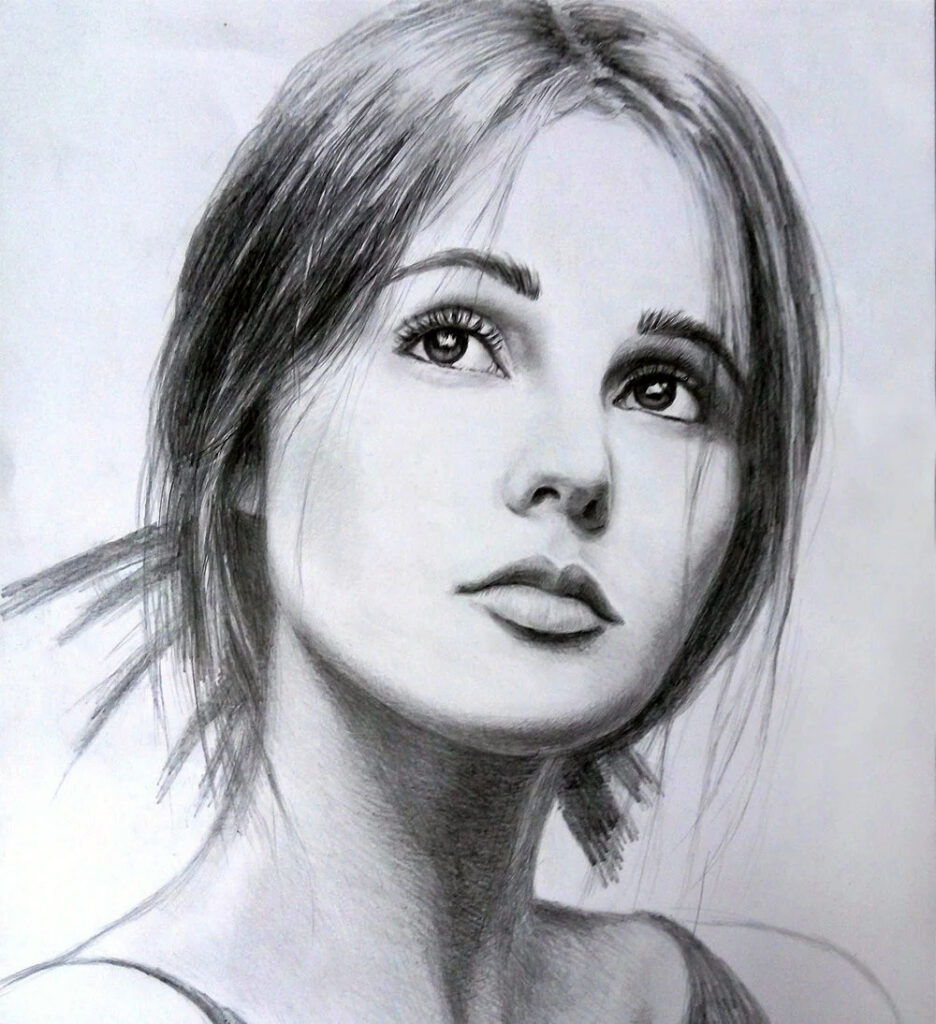When it comes to portrait painting, there are three main mediums you can use: oil, watercolor, and pencil. Each has its own strengths and weaknesses, but when used in combination, they can create beautiful portraits. Here skilled portrait painter Jared Ailstock shares three examples of how each medium can be used for portrait painting.
Oil portraits

Oil paints are the most popular because they can be created quickly and without any tools.
Jared Ailstock indicates that oil portraits can be used to create a realistic look for your portrait. They are easy to work with and can be reproduced many times. As a result, they’re perfect for beginner artists or those who want to create a quick portrait that will look good on their website or in their online art portfolio.
Oil portraits are also great for making small changes to your subject’s appearance and for adding extra detail.
”Because oil paintings are so versatile, you can also use them to make your portraits more realistic than watercolor or pencil portraits,” indicates Jared Ailstock.
There are many manuals and videos available for learning how to paint a portrait in oil on canvas. When painting a portrait, the use of oil on canvas requires that one knows certain rules and techniques.
When writing a sketch, experienced artists put the drawing on canvas, which in case of error can easily correct the situation with the help of paint. Beginners are better to make a pattern of the desired image on a piece of cardboard, and later transfer it to canvas, without fear of spoiling the canvas. Once the sketch is completed, it is transferred to canvas.
Watercolor portraits
 If you want to learn how to draw a portrait in watercolor, but are afraid that it will fail, first throw away your fears and start reading this article. There are simple and clear guidelines to help you pick up the brush and paint and get things done.
If you want to learn how to draw a portrait in watercolor, but are afraid that it will fail, first throw away your fears and start reading this article. There are simple and clear guidelines to help you pick up the brush and paint and get things done.
Watercolors are perfect for soaking up details. Watercolor portraits require more patience and skill. They can be created using lighter colors and may not look as natural as oil portraits. However, they can still be beautiful and retain their realism.
According to Jared Ailstock, the key to watercolor portraits is to use the right amount of pigment. Too much and the paint will become too thick, which will make the portrait difficult to see. Too little and you’ll end up with a blurry picture. In order to get the most out of your painting, dilute your colors slightly before you start trying to paint.
Pencil portraits

When it comes to portrait painting, pencils are the most versatile. On his Scalar blog, Jared Ailstock claims that they’re easy to use and can provide a high level of accuracy when painting portraits. However, they can be a little too delicate for some people.
Drawing a pencil portrait is not an easy task, especially when the head is positioned from the front. If that’s the case, you need to convey the character’s appearance skillfully. Be aware of the fact that each individual has their own specific body structure, and that no part of the human body can be perfectly symmetrical. But most importantly, you need to be able to draw some heads that follow the general proportions.
“If you’re using pencil portraits in an attempt to capture character details, make sure that you have a strong grip on the pencil and use light pressure to avoid making any deep shadows,” says Jared Ailstock.
Pencil portraits are the only medium that allows you to change the shape of your subject’s head completely. This makes them perfect for creating more dramatic or abstract portraits. You can use pencils to create a variety of shapes and styles, which is why they’re such an interesting medium to use for portrait painting.
Conclusion
When it comes to portraiture, there are three main mediums you can use. Oil portraits are the most common because they can be very lifelike, while watercolor portraits are more delicate. Pencil portraits are a unique option that can be used for a more casual and informal look. We hope that this information shared by Jared Ailstock will help you choose the medium that best suits you when creating your portrait paintings.